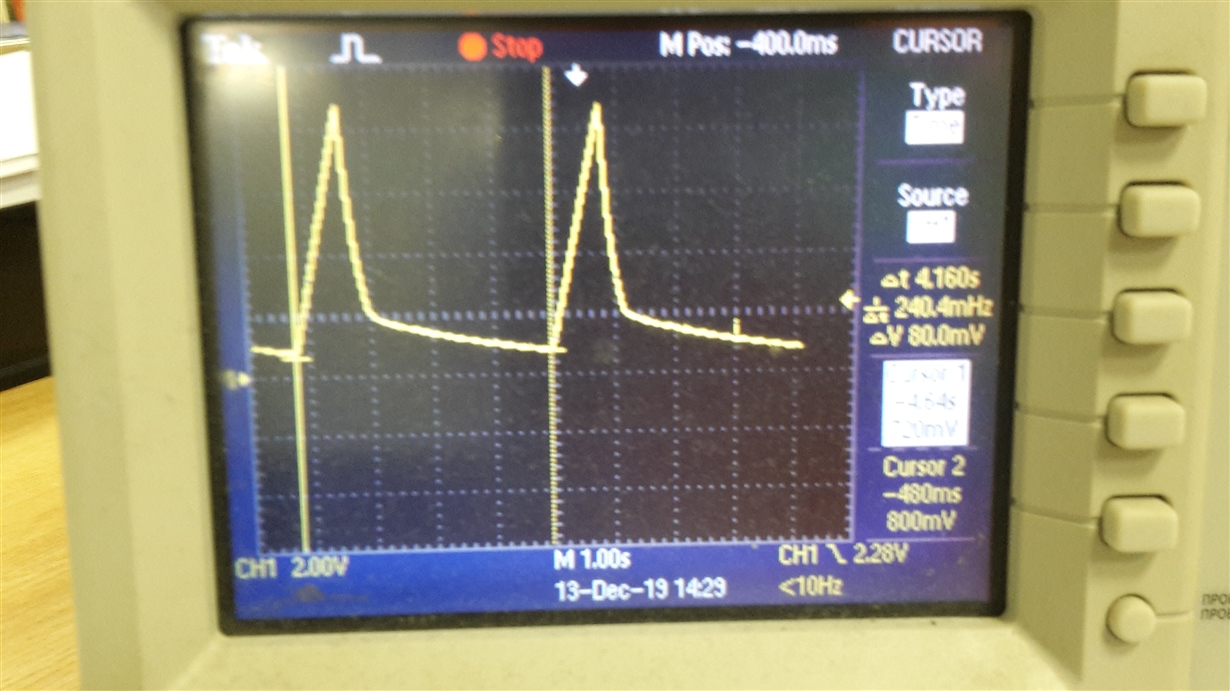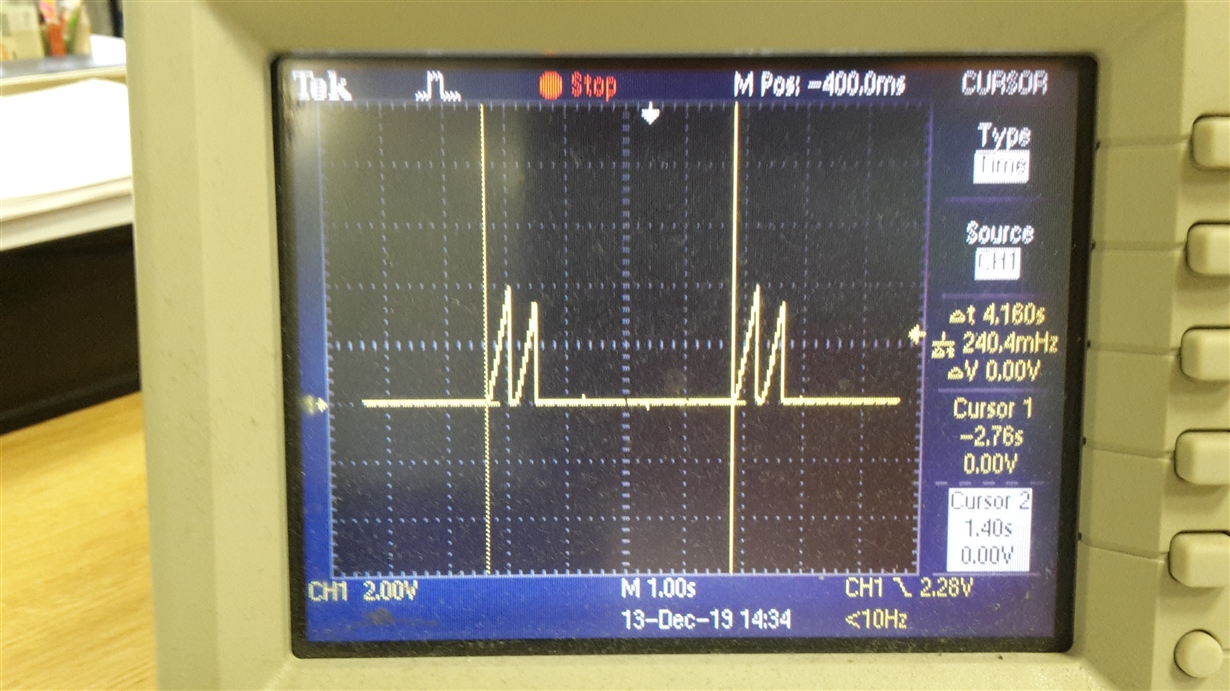Other Parts Discussed in Thread: TPS25982
Hello Team,
Could you help with our customer's question:
The customer using TPS259271 for the current control on the output of the Power Supply 12 V, 2 A.
The problem - The power supply does not start (protection is triggered) with a large capacitive load (several security devices/sensors, expansion units connected).
While the current consumption of the system is 1 A when they start from another power supply.
The customer triyng to adjust passive components in TPS259271 scheme.
R ilim selected correctly on 2.2 A. Increasing its value does not help.
C, which on dVdT was increased from 1000 pF to 1 μF, also does not help.
DESIGN PARAMETERS:
Input voltage range, VIN = 14 V
Undervoltage lockout set point, V(UV) = 10,2 V
Load at start-up, RL(SU) = 5 Ω
Current limit, IOL = 2.4 A
Maximum ambient temperature, TA = 85°C
The question:
What is the maximum allowable Cout (Load capacitance)?
What should be the T dVdT value(Output Voltage Ramp Time) to achieve the maximum allowable Cout?
BR,
Ilya




